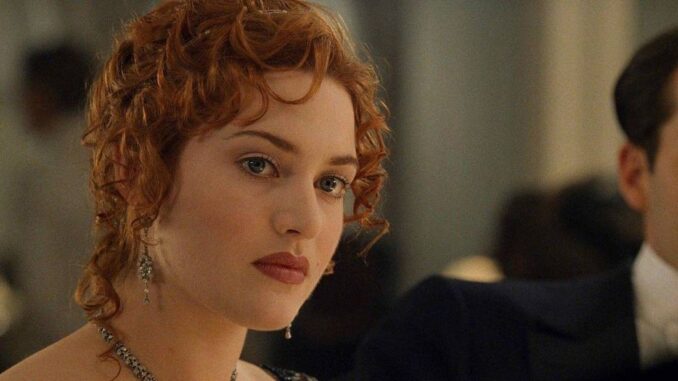
The True Artist Behind Rose’s Portrait in Titanic
The image is etched into the collective consciousness: a young woman, posed sensuously, her gaze direct and unapologetic, wearing only a necklace that glitters like trapped starlight. This is Rose DeWitt Bukater’s portrait from James Cameron’s Titanic, a moment of breathtaking intimacy and vulnerability, painted not by a seasoned master, but by a penniless artist named Jack Dawson. On the surface, the answer to "Who is the true artist behind Rose's portrait?" seems unequivocally simple: Jack. His hands drew the lines, his eye captured the form. Yet, to confine the genesis of this iconic artwork to merely the dexterity of Jack’s charcoal stick is to miss the profound, multifaceted wellspring from which true art often springs. The true artist behind Rose’s portrait is not a singular entity, but a crucible of desire, vulnerability, connection, and the fleeting, incandescent flame of a love destined for tragedy.
Firstly, we must acknowledge Jack Dawson’s undeniable role. He possessed a raw, untutored talent, a keen observational eye, and a heart unburdened by societal conventions. When Rose, stifled by her gilded cage, presented herself, Jack saw beyond the expensive clothes and the aristocratic facade. He saw the fire in her spirit, the nascent rebellion, the yearning for freedom. His artistry lay not just in his technical skill – the perfect curve of a collarbone, the delicate lines of her face – but in his gaze. It was a gaze that was free of judgment, full of wonder, and imbued with a burgeoning, powerful love. He didn't just draw her likeness; he drew her essence, coaxing it forth with a silent respect that no other character in her life had offered. His passion for art was intertwined with his passion for her, making his hand an instrument of his soul, translating an unspoken truth onto paper.
However, Jack was merely the conduit; Rose herself was a co-creator, an essential part of the artistic equation. To pose for Jack, shedding not only her clothes but the oppressive weight of her aristocratic upbringing, was an act of profound courage and self-liberation. Her vulnerability was the canvas upon which Jack’s vision could be painted. It was her defiance, her trust, her willingness to expose her authentic self – a self unseen by others, perhaps even by herself until that moment – that breathed life into the drawing. The portrait is as much a testament to Rose’s bravery and burgeoning self-awareness as it is to Jack’s talent. Without her willingness to drop her defenses, to become truly seen, the drawing would have been a mere sketch, devoid of the emotional resonance that makes it iconic. She became the living sculpture, her surrender to the moment an active participation in its creation.
Beyond the hands of the artist and the body of the muse, the moment itself was an indispensable artistic force. The stateroom, the secrecy, the ticking clock of their brief affair, the palpable electricity of first love – these elements coalesced into an atmosphere charged with creative energy. It was a suspended reality, a private universe where social strictures dissolved, and two souls found each other in an act of mutual revelation. The drawing was not merely a product of this moment; it was the expression of it. The urgency, the forbidden nature of their connection, and the impending doom of the ship itself infused every line with a heightened sense of meaning. The portrait became a captured echo of their defiance, their passion, and their fleeting eternity, a single, perfect frame of a love story unfolding against the backdrop of an impending catastrophe.
Ultimately, the true artist behind Rose’s portrait is something far greater than any individual – it is the transformative power of human connection, the raw courage of vulnerability, and the enduring magic of a love that transcends social divides and even death. The portrait survived the sinking, emerging as a tangible relic of a love lost but never forgotten. It wasn't just charcoal on paper; it was a physical manifestation of a spiritual union, a whispered secret that defied the cold, indifferent ocean. Jack’s hands were instrumental, Rose’s spirit was essential, and the moment itself was the crucible. Together, they forged an artwork that speaks not just of a drawing, but of a feeling, a choice, a memory, and the powerful, illustrative truth that the deepest art is born from the most profound human experiences.
